Natural Rubber, a critical material in modern industries, has transformed the way we manufacture countless products in Malaysia. Derived from the latex of rubber trees (Hevea brasiliensis), this versatile polymer combines elasticity, durability, and flexibility, making it indispensable in various applications.
This article explores the properties, production processes, and diverse industrial uses of Natural Rubber, highlighting its enduring relevance in today’s global economy.
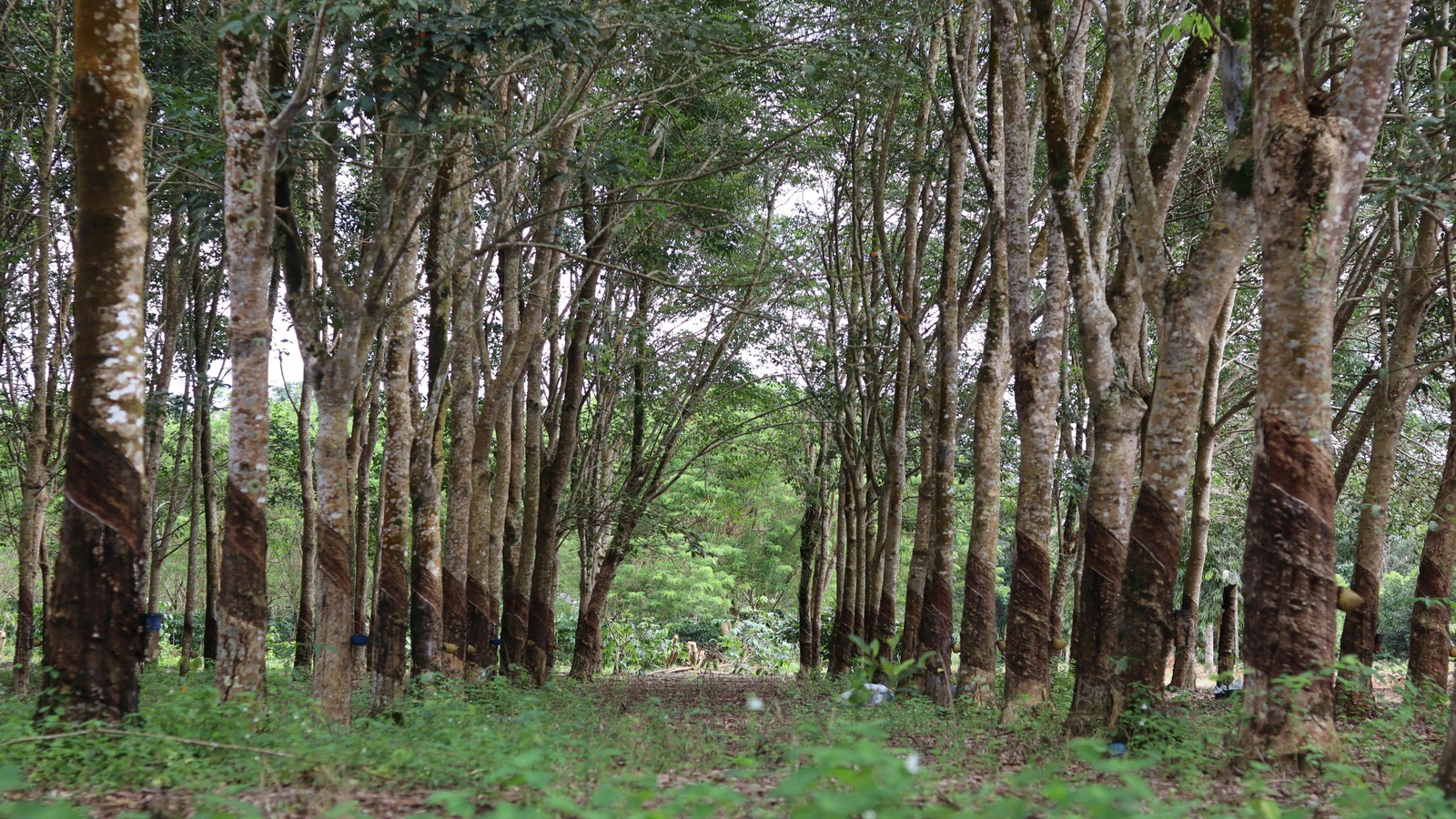
Properties of Natural Rubber
Natural rubber boasts a range of exceptional characteristics that distinguish it from synthetic alternatives, making it a vital material in many industries. It’s remarkable elasticity and resilience allow it to stretch up to eight times its original length and return to its shape without permanent deformation.
The high tensile strength of natural rubber ensures its ability to withstand significant stress without breaking, making it suitable for applications exposed to heavy loads and demanding conditions, such as conveyor belts and industrial machinery components.
Natural rubber is also an excellent thermal and electrical insulator, as it is a poor conductor of heat and electricity. These properties make it ideal for insulating applications, such as protective coatings for wires and cables, as well as in environments where maintaining temperature control is critical, like industrial refrigeration systems.
Another valuable property of natural rubber is its inherent tackiness and adhesion, allowing it to bond seamlessly with other materials. This characteristic is essential for the production of adhesives, sealants, and laminates, where strong and reliable bonding is crucial.
Moreover, its resistance to abrasion and impact ensures that natural rubber performs exceptionally well in harsh environments, including heavy-duty industrial settings and outdoor applications. This durability contributes to its long lifespan and reliability, making it a preferred choice for products like tires, footwear soles, and vibration dampers.
These unique properties not only make natural rubber versatile but also underline its importance as a sustainable and efficient material in a wide array of industries.
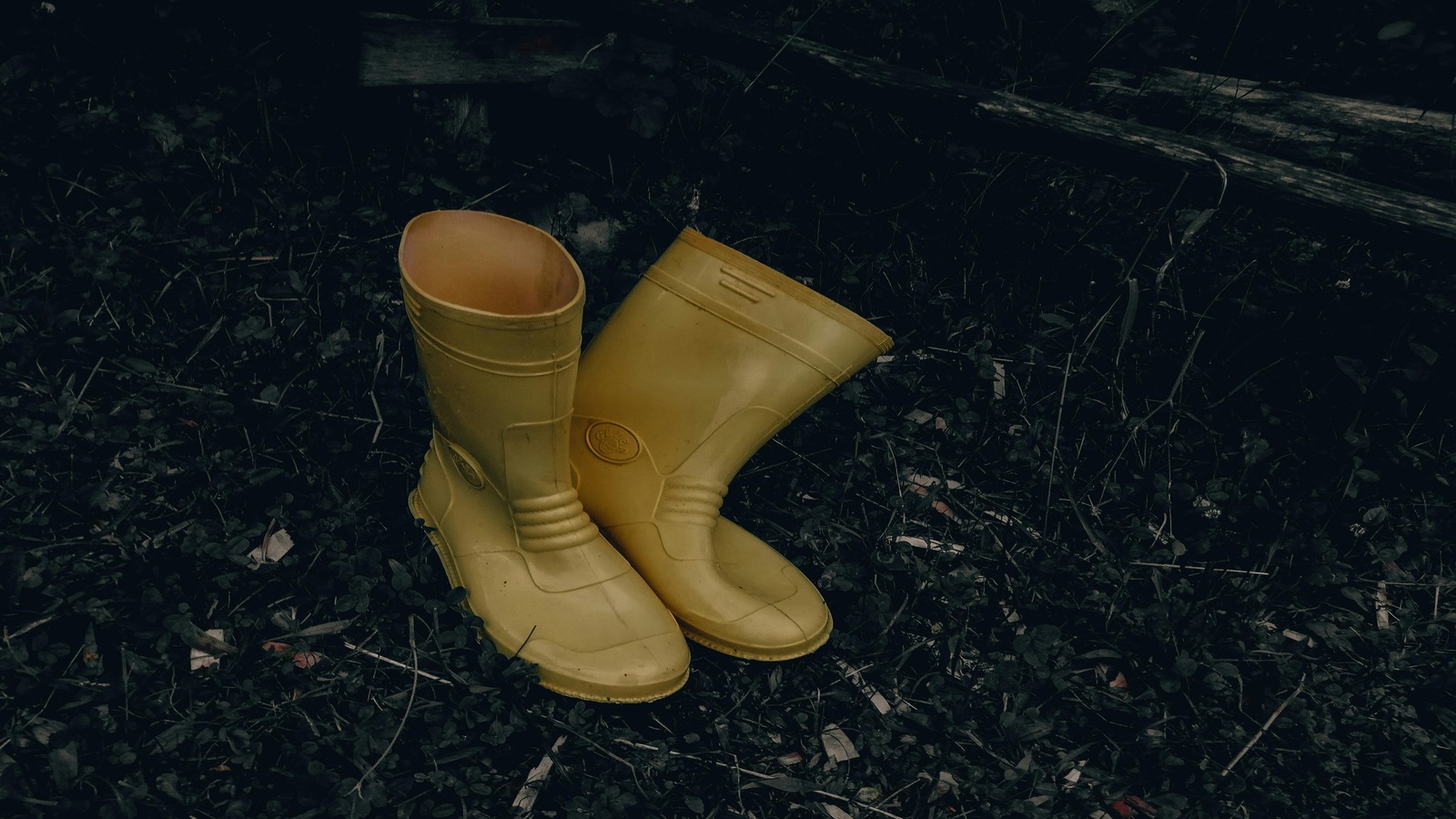
Production
The production of natural rubber is a meticulous process that unfolds over several well-defined stages, each essential to delivering a versatile and high-quality material. Countries like Malaysia, Thailand, and Indonesia dominate global production due to their favorable environmental conditions, such as consistent rainfall, warm temperatures, and fertile soils.
Latex, the raw material for natural rubber, is a milky fluid rich in rubber particles that is harvested through a process called tapping. Skilled farmers carefully make precise incisions in the bark of the rubber trees, ensuring that the latex flows freely while safeguarding the tree’s health. This sustainable tapping technique enables continuous harvesting over decades, contributing to both environmental conservation and economic stability for farmers.
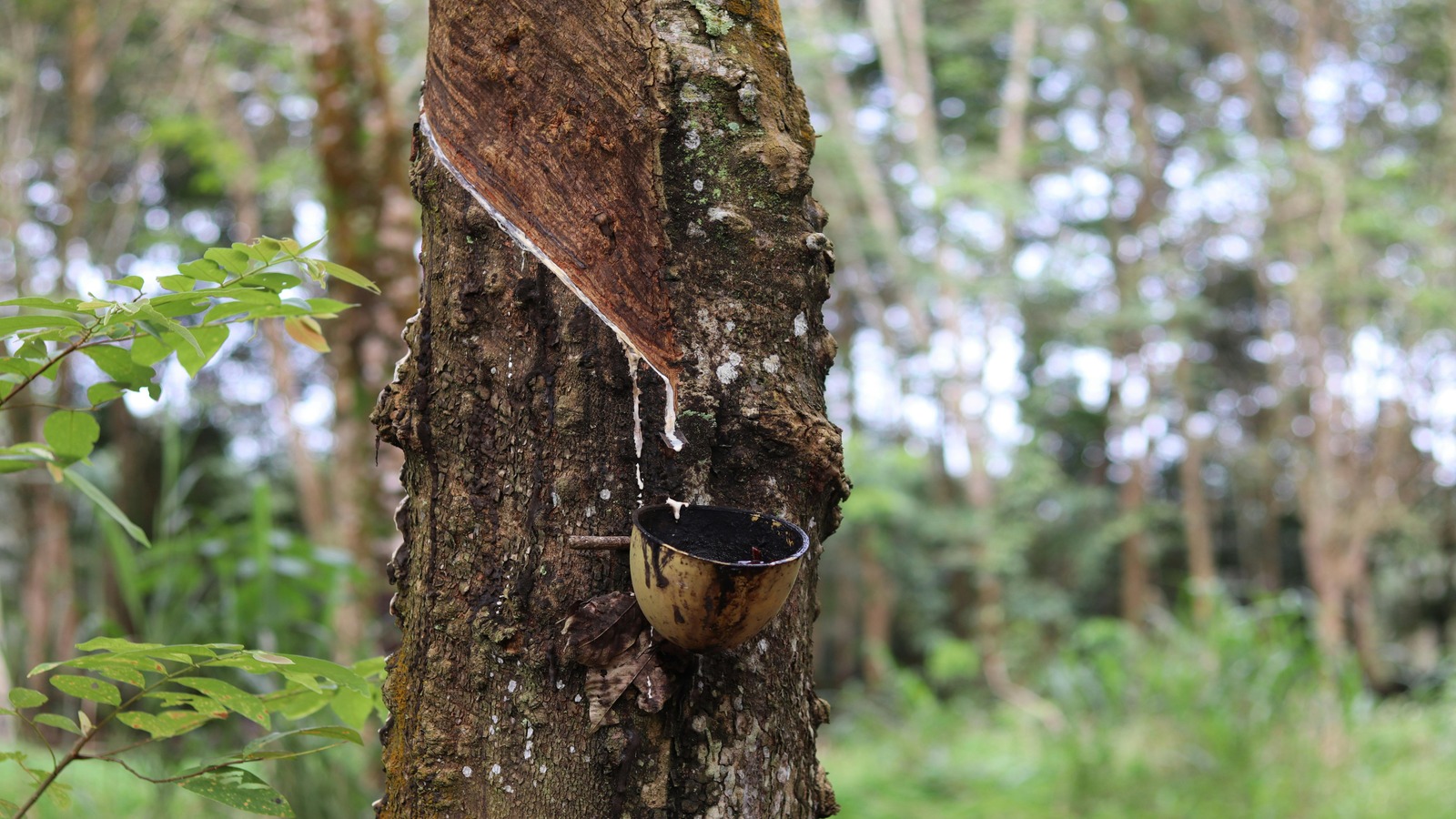
Once collected, the latex is subjected to coagulation, a critical step in the production process. Here, it is treated with acids like formic acid to induce solidification, transforming the liquid latex into rubber curds. These curds are then washed, rolled into thin sheets, and air-dried or smoked to remove excess moisture. The result is a durable raw material, often processed into sheets or blocks, suitable for transport and further industrial use.
The final and most transformative stage in rubber production is vulcanization. During this process, the rubber is heated with sulfur and, in some cases, other additives. This step chemically alters the rubber, creating cross-links between its molecular chains. The result is a product with enhanced strength, elasticity, and resistance to extreme temperatures and wear. Vulcanized rubber is ideal for a broad range of industrial applications, from automotive tires to medical devices and construction materials.
By combining traditional practices with modern techniques, the production of natural rubber not only ensures its versatility but also reflects a commitment to sustainability and innovation, meeting the needs of diverse industries worldwide.
Industrial Applications
In the automotive sector, natural rubber is most renowned for its use in manufacturing tires and inner tubes, which account for over 70% of global rubber consumption. Its unparalleled elasticity and durability ensure optimal performance under the intense stresses of driving. Beyond tires, natural rubber is integral to producing seals, gaskets, belts, and hoses, where its flexibility and resistance to abrasion provide reliable performance in demanding conditions like high temperatures and constant movement.
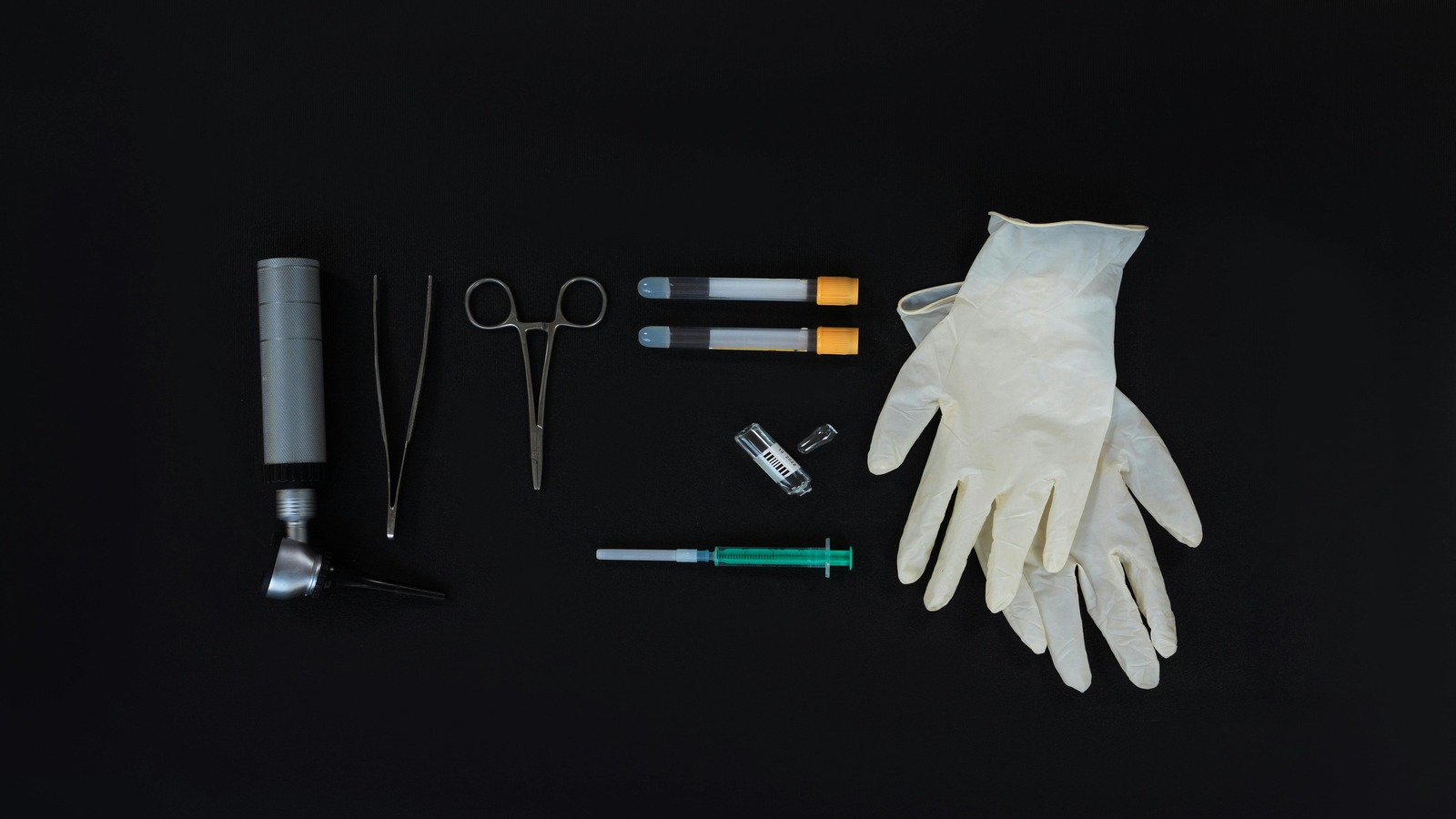
For consumer goods, natural rubber is the material of choice for items requiring elasticity and water resistance. It is widely used in footwear, especially for shoe soles, where its shock-absorbing properties enhance comfort and longevity. Additionally, its flexibility and non-permeable nature make it ideal for balloons and gloves, delivering the durability and resilience expected in these products.
The healthcare industry depends on natural rubber for its non-reactive, flexible, and sterile qualities. Medical gloves made from natural rubber provide essential protection in surgical and clinical settings, while catheters and medical tubing benefit from their durability and safety, ensuring reliability in critical medical procedures.
In construction and infrastructure, natural rubber is prized for its shock-absorbing properties. Rubber mats and flooring provide safety and comfort in industrial environments, while expansion joints in bridges and buildings leverage rubber’s ability to accommodate structural movement without cracking.
Natural rubber’s electrical resistance makes it an excellent material for insulation in wires and cables, ensuring safety and efficiency in electrical systems.
Its adaptability, resilience, and environmental benefits make natural rubber a cornerstone material, supporting industries ranging from automotive to healthcare and beyond, shaping products that are critical to modern life.
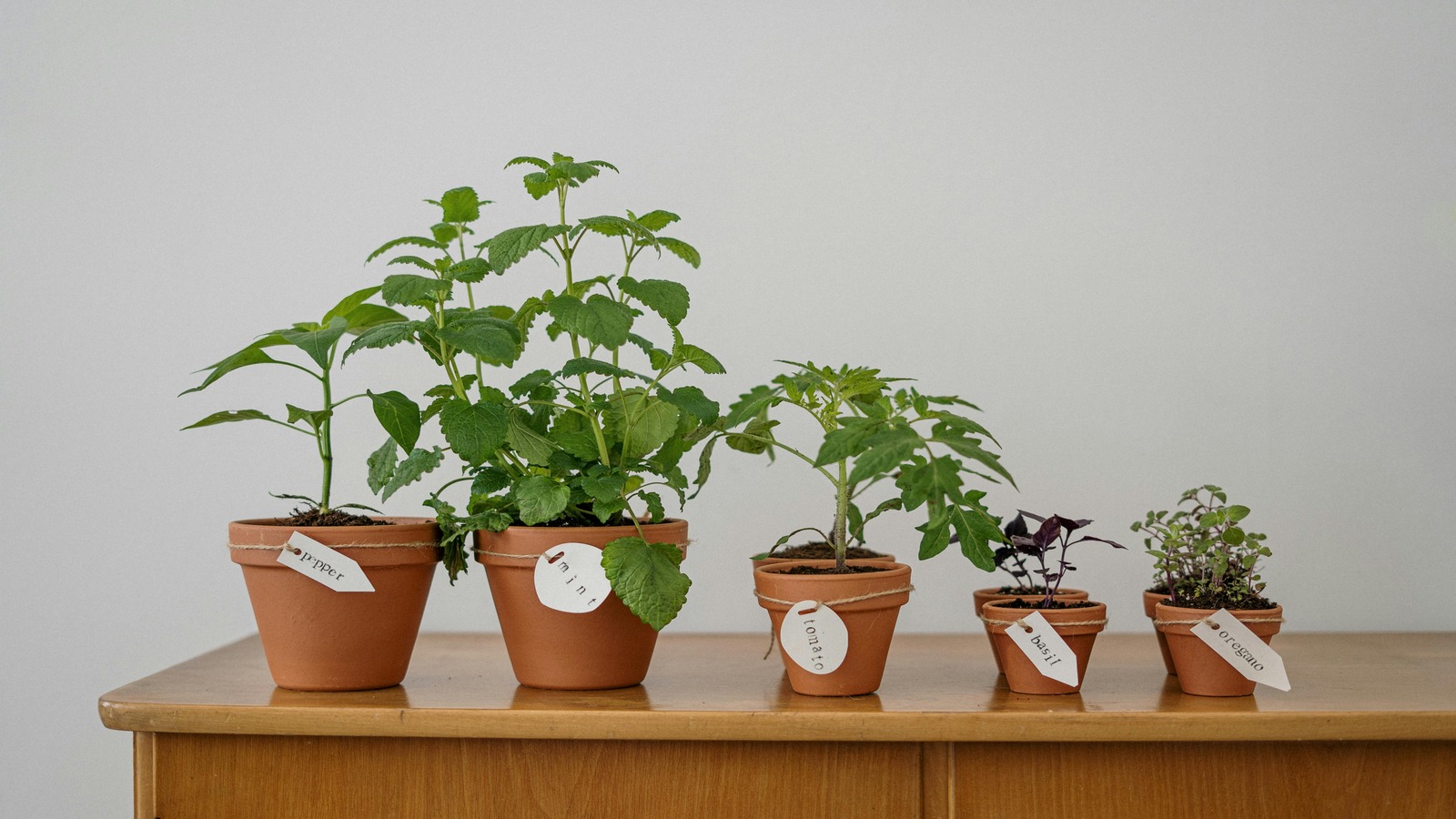
Natural Rubber and Sustainability: Aligning with Ample Worldwide’s Commitment to Innovation and Responsible Practices
Natural rubber, as a renewable resource, aligns seamlessly with Ample Worldwide’s commitment to sustainability and excellence in financial performance. While its cultivation faces challenges such as deforestation, climate change, and disease outbreaks, the adoption of sustainable practices—like replanting, eco-friendly harvesting techniques, and minimizing environmental impact—ensures its long-term viability.
At Ample Worldwide, our dedication to sustainability echoes the principles underpinning natural rubber production. By prioritizing responsible sourcing and innovative approaches, we not only drive excellent financial performance but also strengthen our leadership in sustainable practices. As industries innovate and adapt, natural rubber continues to play a vital role in advancing technology and enhancing product efficiency, embodying the enduring values of our family business foundation and our vision for a sustainable, prosperous future.

